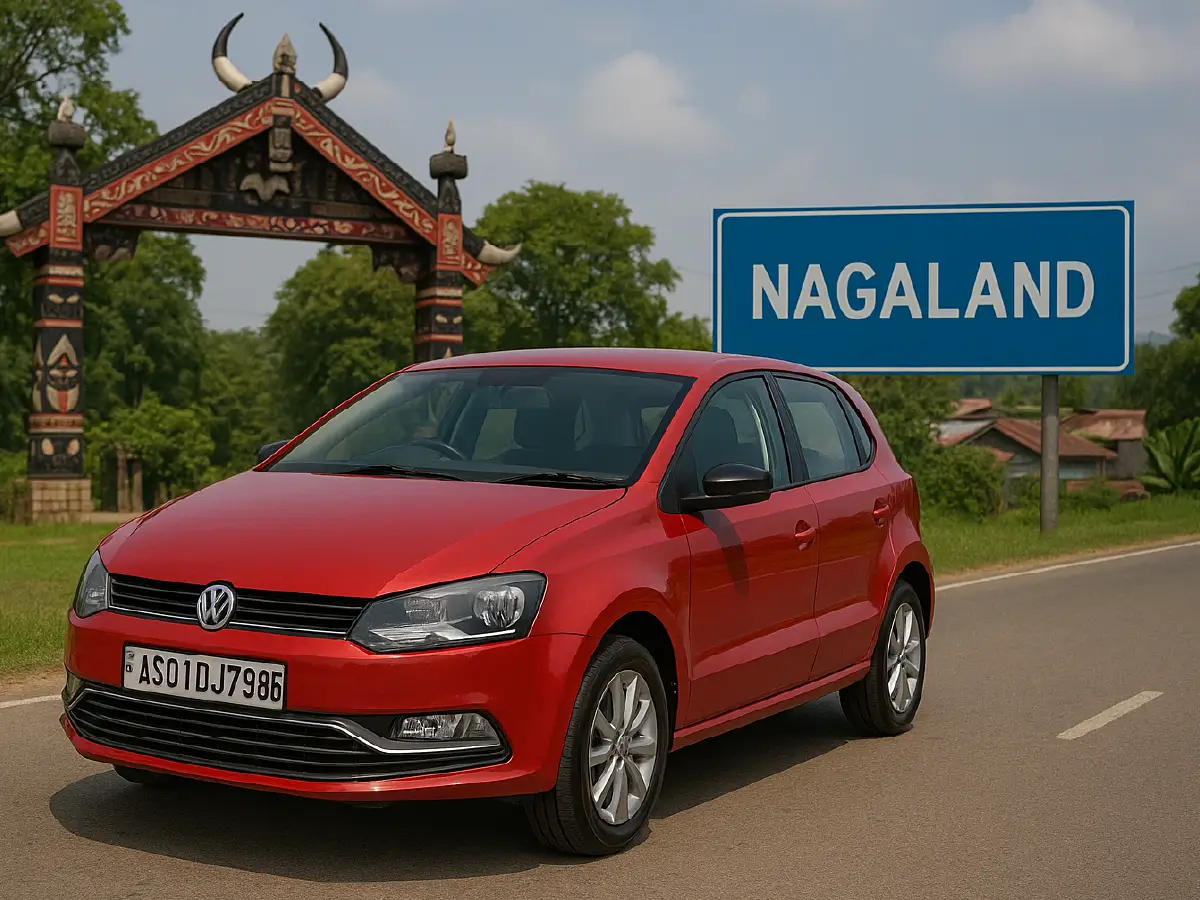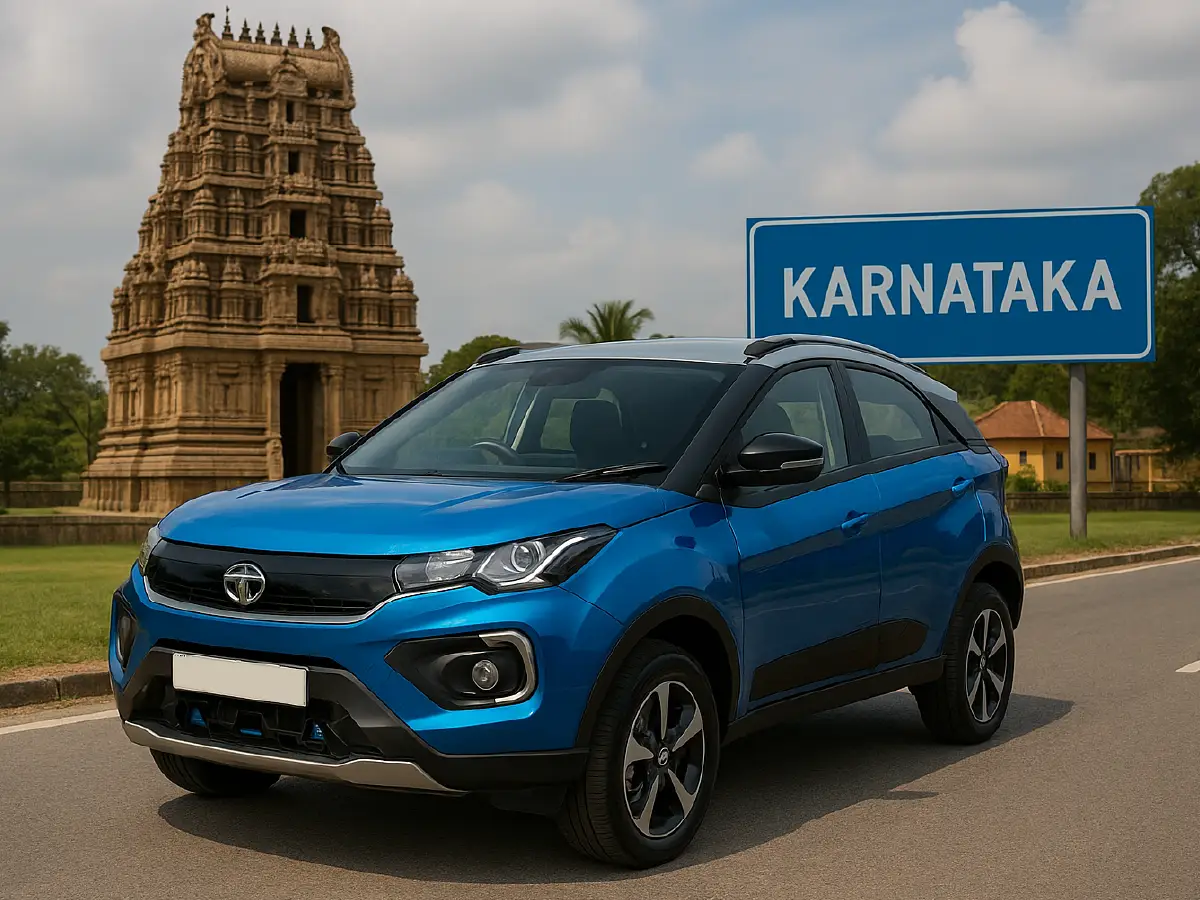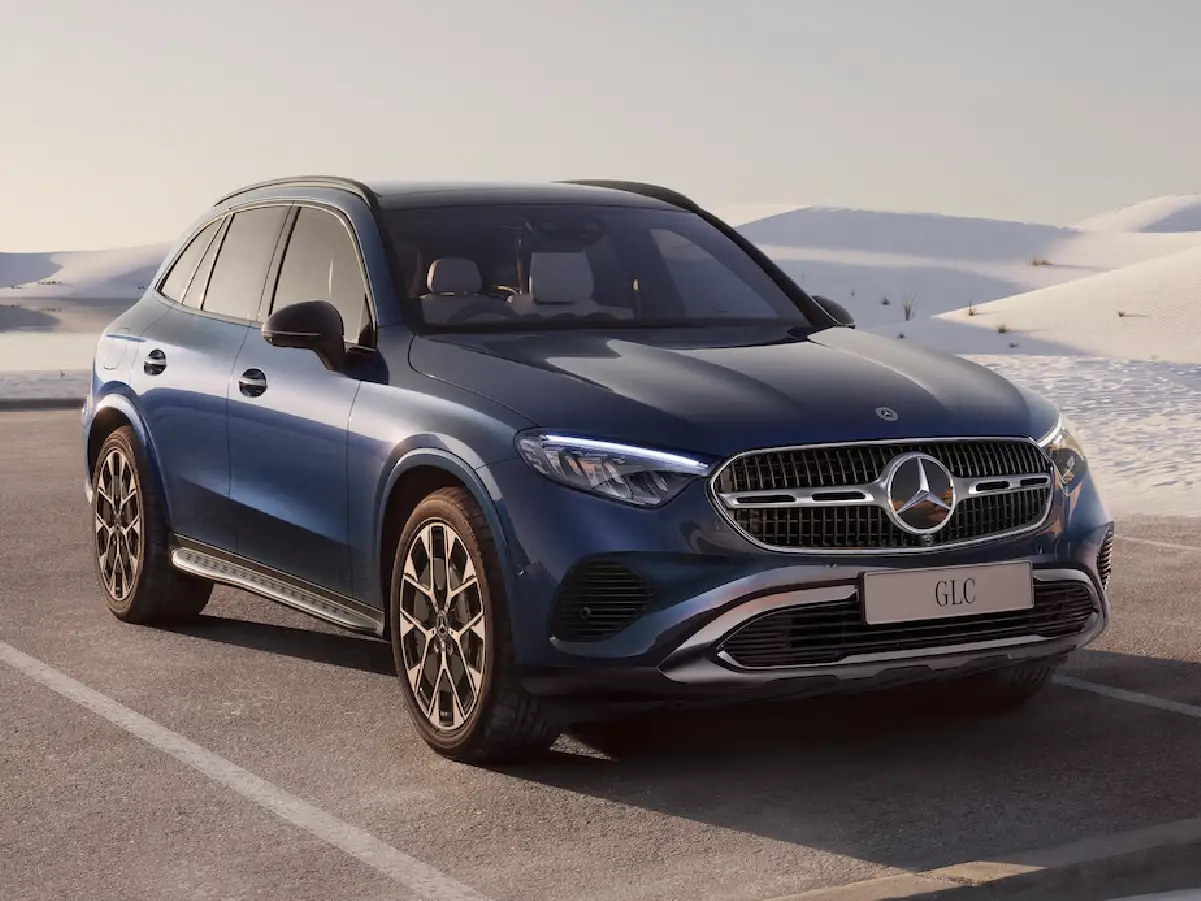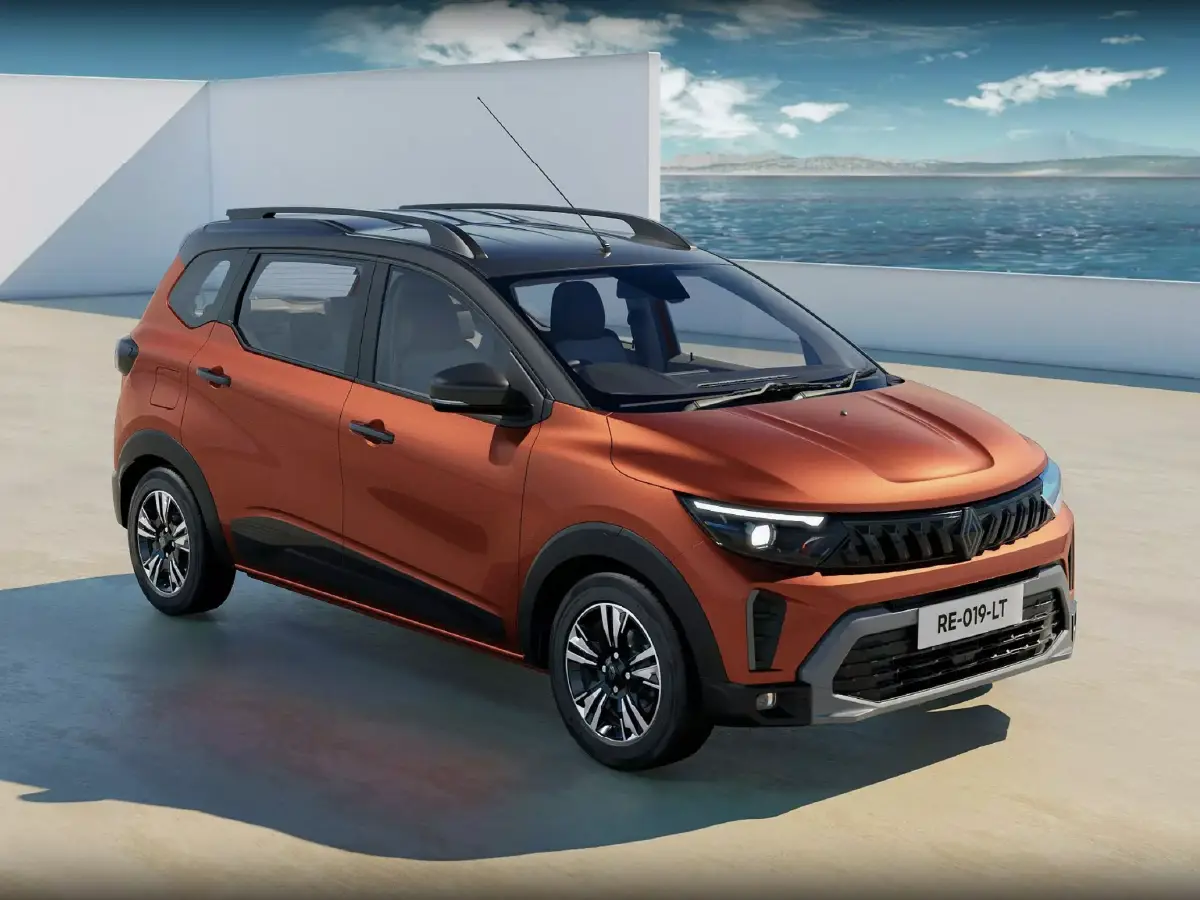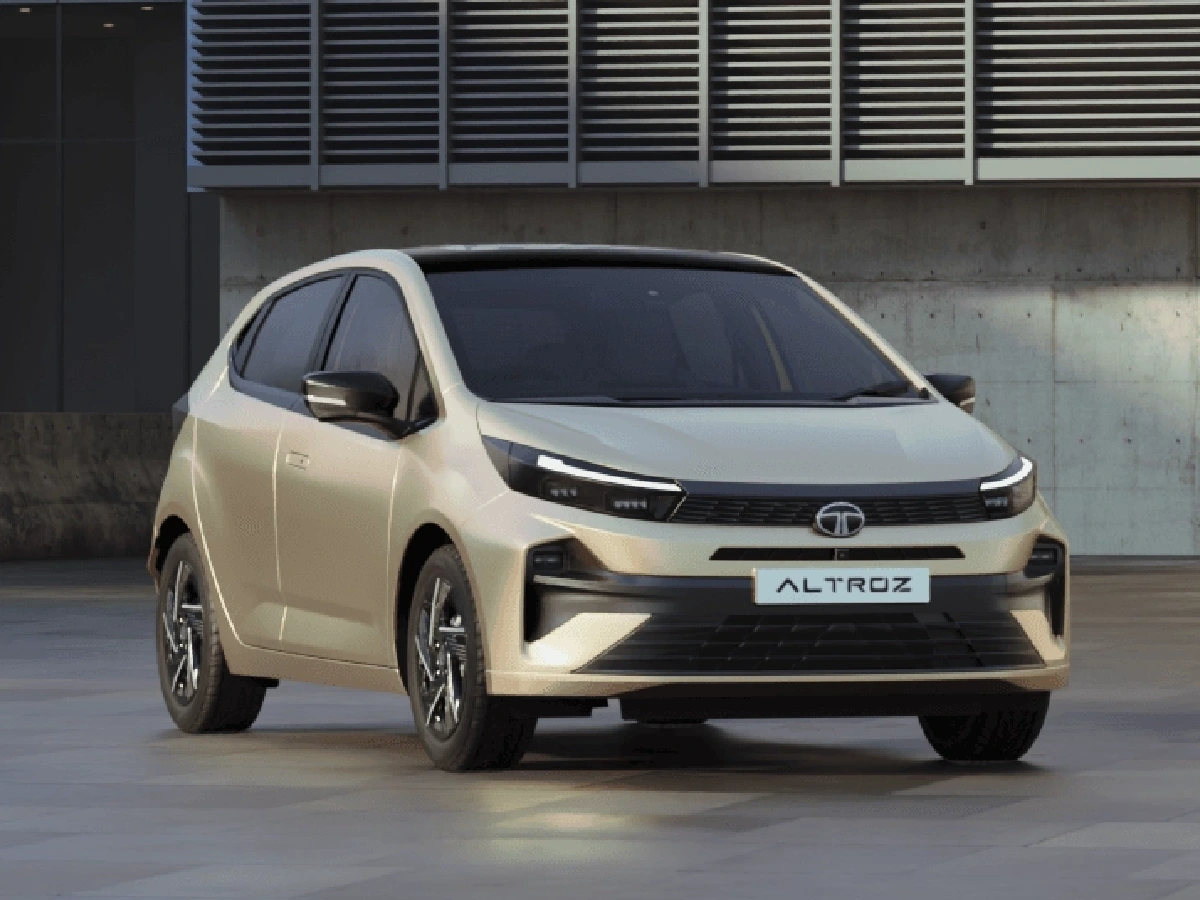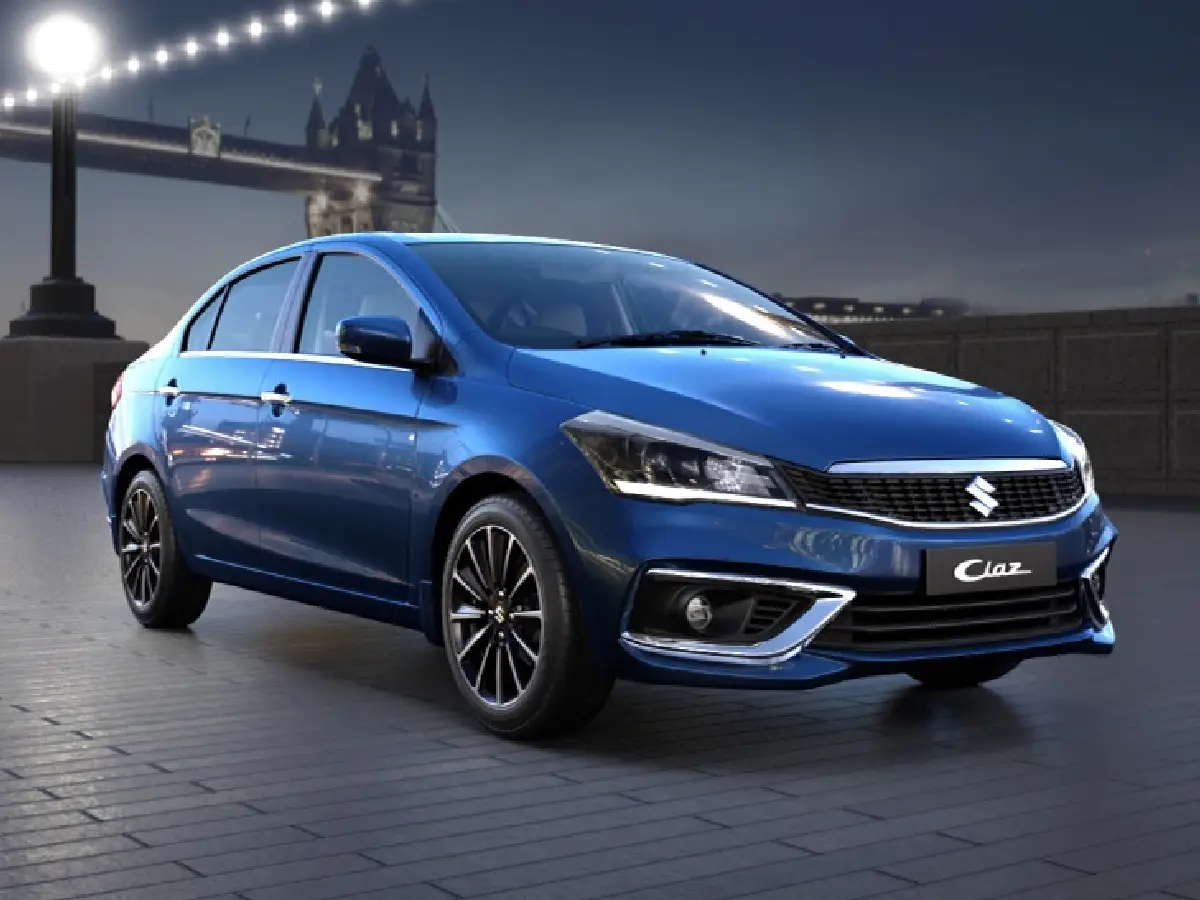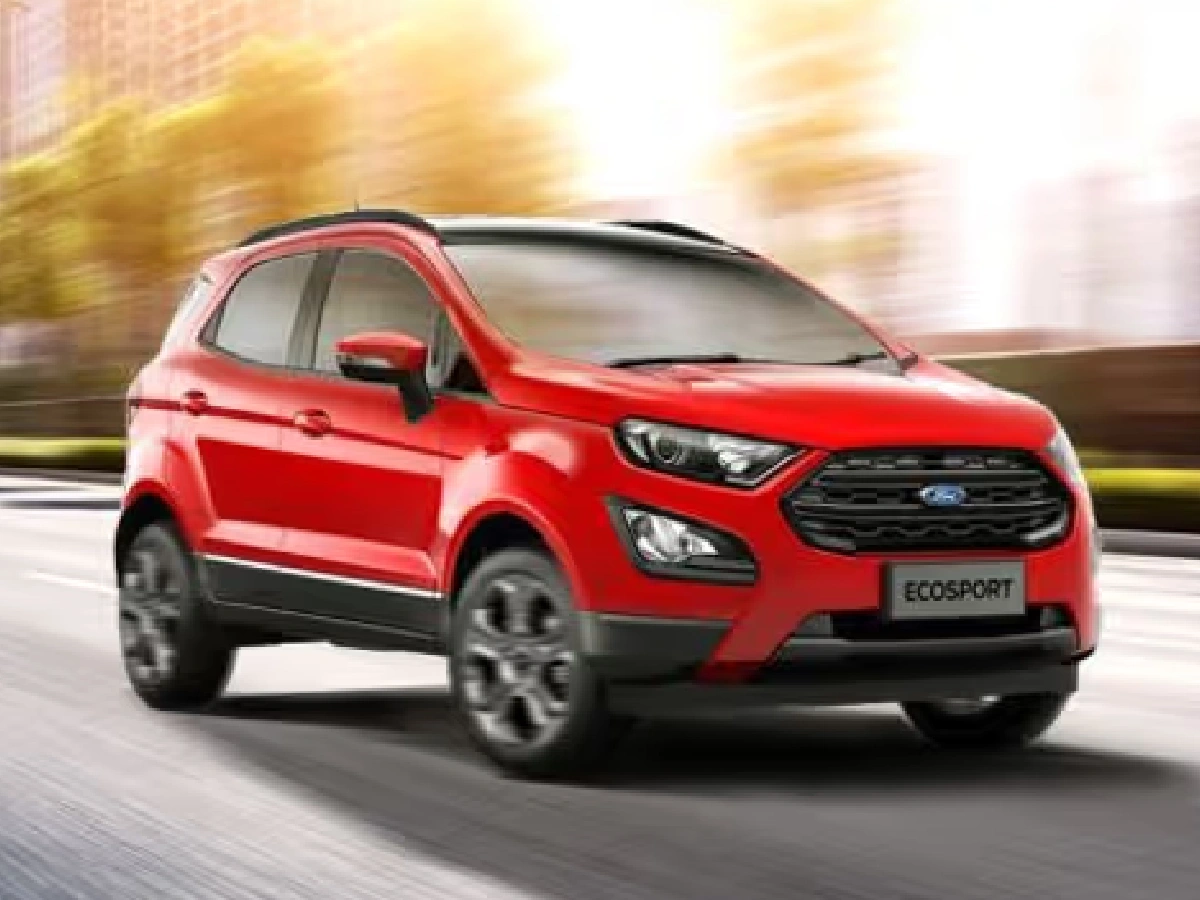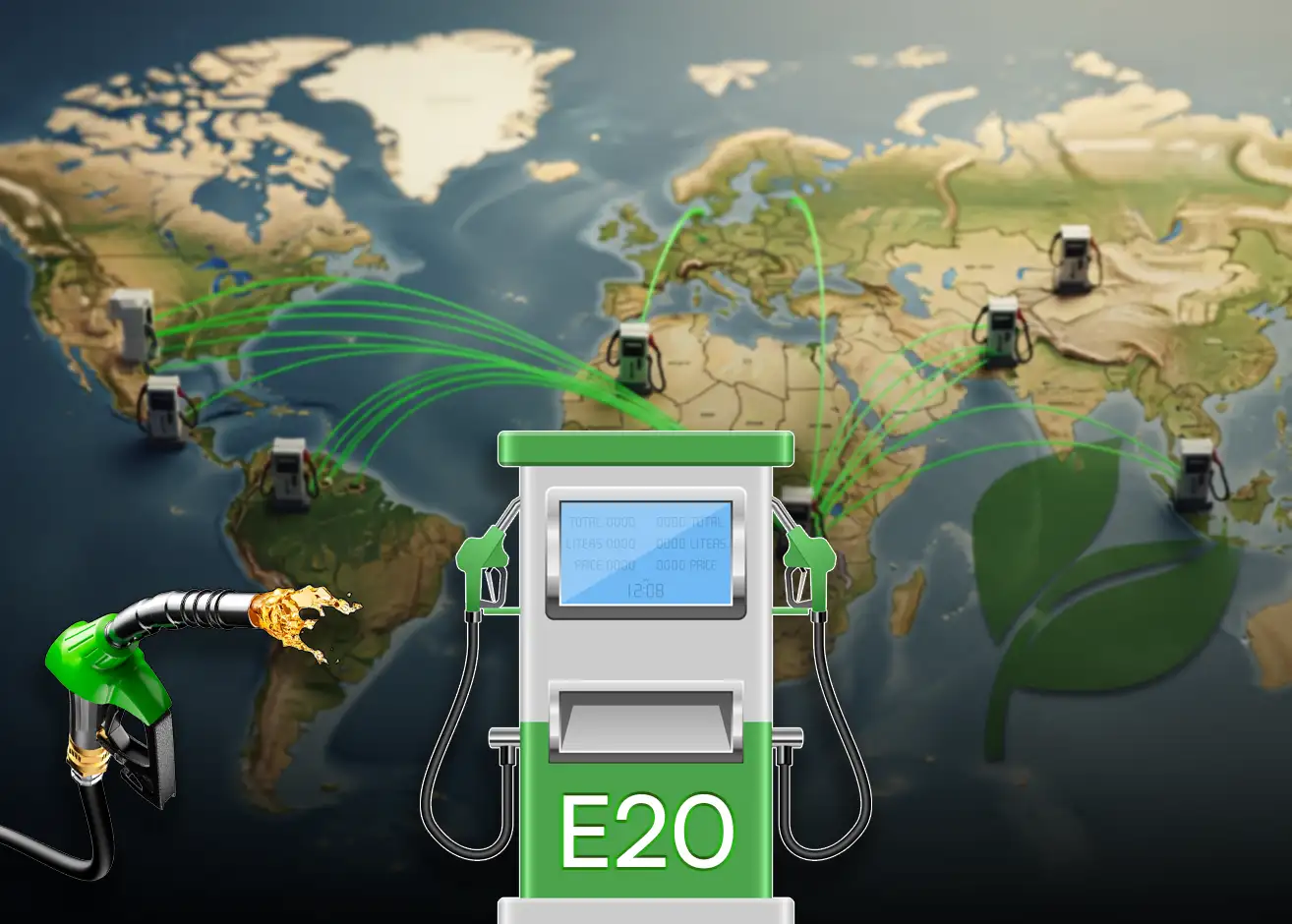

Tracing the global history of ethanol blending
- 1Countries from around the world have already tapped into ethanol blending
- 2From Brazil to the USA, ethanol blending has a rich history
- 3USA is the world's largest producer and exporter of ethanol
While India may have achieved its target of 20% ethanol blended petrol way ahead of the scheduled timeline, it is not the first country to have explored the flex fuel option. Countries from around the world have already tapped into ethanol blending, fulfilling their energy requirements in a more sustainable and renewable manner. From Brazil to the USA, ethanol blending has a rich history that has slowly made ethanol blended petrol one of the world’s most promising flex fuel options. So if you are wondering how ethanol blending became a global phenomenon, here is a brief look into the global history of ethanol blending.
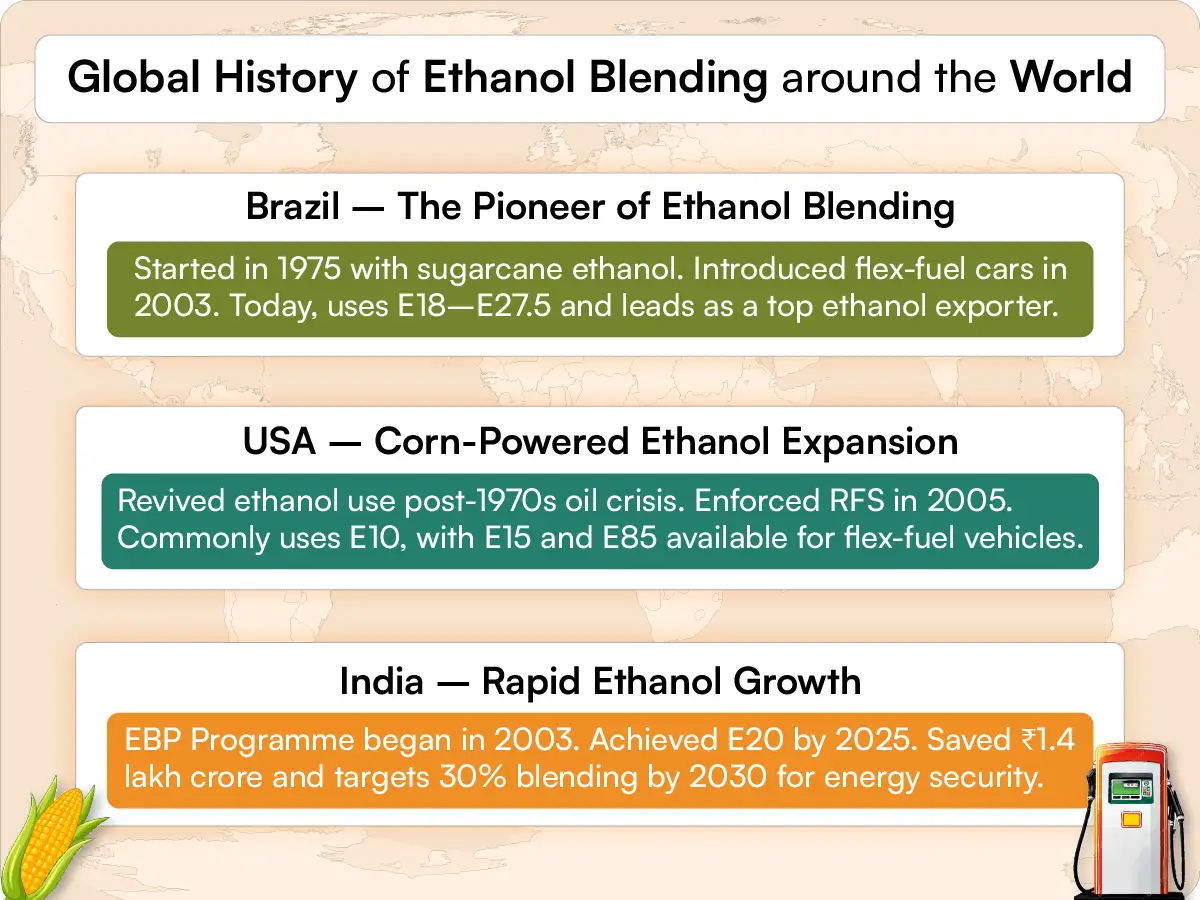
The Brazilian Saga
When it comes to global ethanol production history, Brazil holds a rather special place. With one of the most robust and advanced ethanol blended petrol programs in the world, Brazil’s journey dates back to the 1970s.
The initial phase of ethanol blending
As one of the world’s first countries to realise the potential of ethanol as a flex fuel, Brazil started investing in ethanol production early on, in response to the 1973 oil crisis. Further, in 1975, the Brazilian Government launched the Proálcool (Programa Nacional do Álcool) program to promote sugarcane-derived ethanol production and to phase out automobiles dependent on fossil fuels.
During the early years of the ethanol blending program, ethanol was used as a gasoline additive, with government-mandatory blends ranging from 10% to 25%. Later, by the late 1970s and early 1980s, Brazil went a step ahead and developed ethanol-only vehicles, which garnered widespread adoption thanks to government subsidies. However, by the late 1980s, a decline in oil prices coupled with a shortage of ethanol led to a decline in the popularity of these vehicles.
Setting a global benchmark
In 2003, Brazil’s ethanol industry was further fortified with the introduction of flex-fuel vehicles (FFVs), which were capable of running on any blend of ethanol and petrol. This technological innovation, coupled with improved ethanol production efficiency, allured investors and enhanced public confidence in ethanol. By 2008, FFVs accounted for over 80% of new car sales in Brazil.
Even today, the Brazilian government mandates the use of ethanol blended petrol, with blends ranging from 18% to 27.5% (E18–E27.5) depending upon seasonal sugarcane supply levels. The Brazilian ethanol blending policy has largely reduced greenhouse gas emissions and has greatly supported the domestic sugarcane industry.
Allowing Brazil to become the world’s second-largest ethanol exporter and producer, the country’s ethanol program is a global benchmark for other countries and has helped establish Brazil as a key player in sustainable biofuel production.
The American Saga
Much like Brazil, the USA is also a major global player in ethanol blending. With roots dating back to the early 20th century, America’s ethanol blended petrol program gained notable popularity in the 1970s.
Corn-based ethanol and the initial phases
During the initial phase of America’s ethanol blending program, the country relied heavily on ethanol derived from corn. Later during World War II, the corn-based ethanol production witnessed a steep decline. However, much like Brazil, the modern and more widespread use of ethanol blending in the USA began during the 1970s in response to the oil crisis. In a bid to reduce its dependence on crude oil imports, the USA aggressively promoted ethanol as a domestically produced and renewable alternative.
Further strengthening of America’s ethanol blending programs occurred due to the Energy Policy Act of 1978, which implemented tax incentives for ethanol-blended fuels, encouraging large-scale production and use. Later in the 1980s and 1990s, the demand for ethanol further increased as it began replacing lead in gasoline as an octane booster.
The turning point
A major turning point in America’s ethanol-blended petrol program came in 2005, with the Renewable Fuel Standard (RFS), which was established under the Energy Policy Act. The RFS mandated increasing volumes of renewable fuels (primarily corn-based ethanol) to be blended into petrol. This was further reinforced by the Energy Independence and Security Act of 2007, which set higher targets and introduced the concept of advanced biofuels.
Ethanol blending in the USA became common through E10, which continues to fuel most vehicles in the U.S. In the 2010s, E15 (15% ethanol) and E85 (up to 85% ethanol for flex-fuel vehicles) were introduced, though their adoption has been more limited due to infrastructure and compatibility issues.
Today, ethanol blending remains a key component of U.S. energy and environmental policy, tied to rural economic development, emissions reductions, and energy independence. As the world’s largest ethanol producer and exporter, the USA has set a global benchmark for nations to follow.
India’s journey so far and the road ahead
With nations like Brazil and the USA laying the blueprint, India’s efforts towards achieving ethanol blended petrol began in 2003, when the Government launched its Ethanol Blended Petrol (EBP) Programme. Since then, India’s ethanol blending program has progressed manyfold, achieving a 10% ethanol blend target in 2021-22, which was further increased to 12.06% in 2022-23, 14.06% in 2023-24, and 20% in July 2025.
With ethanol blending, India has already saved around Rs. 1.40 lakh crore in foreign exchange through petrol substitution since 2014-15. With a strong commitment towards sustainable development, the Ethanol Blended Petrol Programme of the Government is now set to achieve its next milestone – a 30% ethanol blend by 2030.
Frequently Asked Questions
Expand all